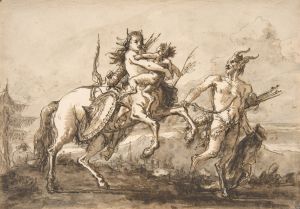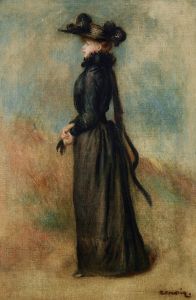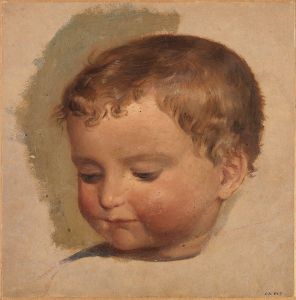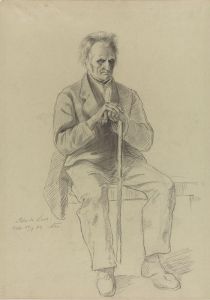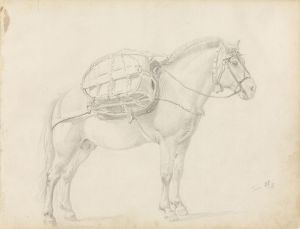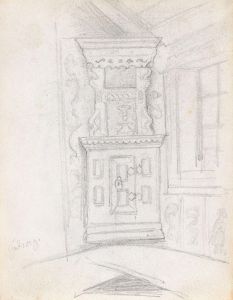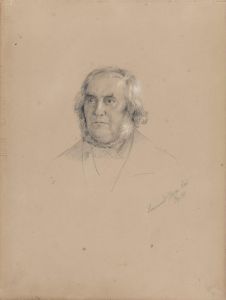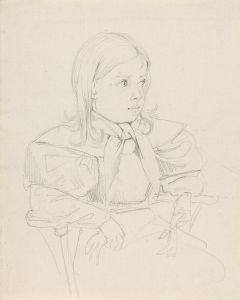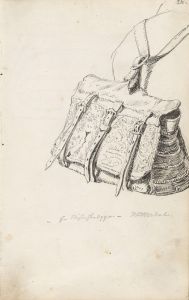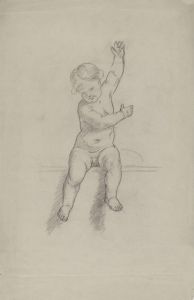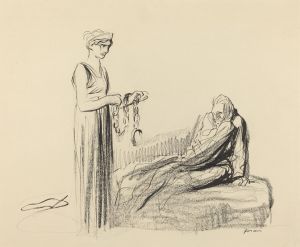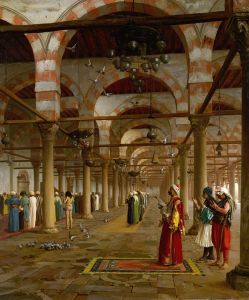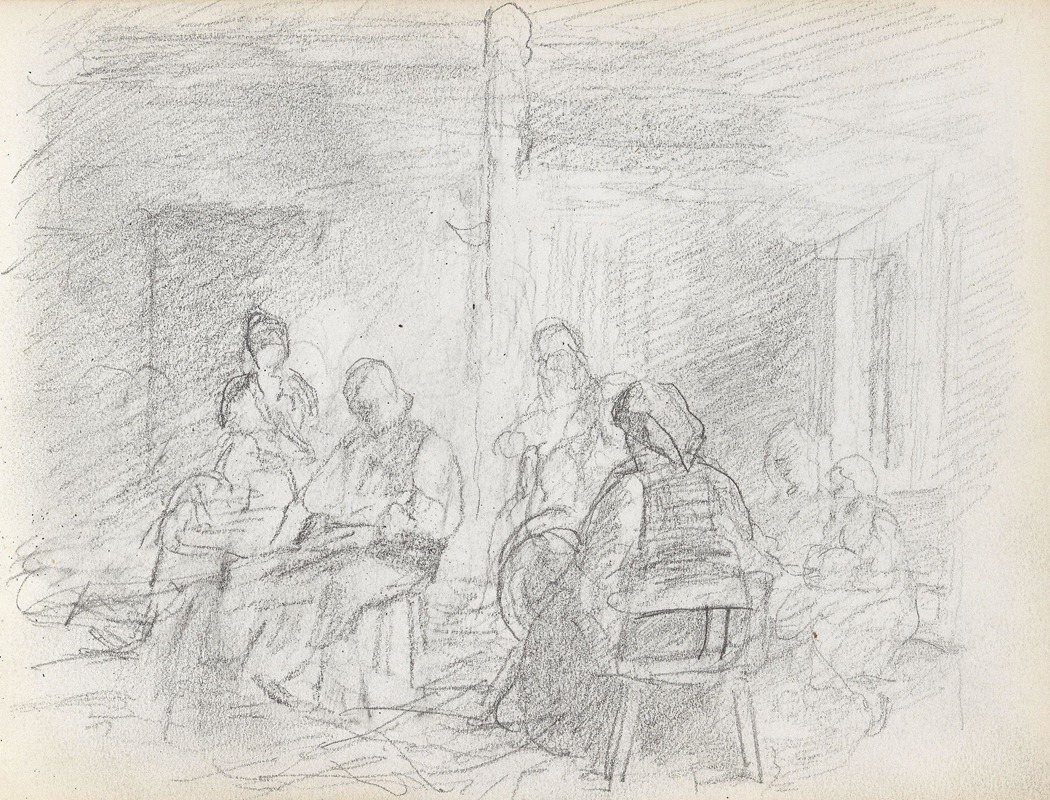
Figurer i interiør
A hand-painted replica of Adolph Tidemand’s masterpiece Figurer i interiør, meticulously crafted by professional artists to capture the true essence of the original. Each piece is created with museum-quality canvas and rare mineral pigments, carefully painted by experienced artists with delicate brushstrokes and rich, layered colors to perfectly recreate the texture of the original artwork. Unlike machine-printed reproductions, this hand-painted version brings the painting to life, infused with the artist’s emotions and skill in every stroke. Whether for personal collection or home decoration, it instantly elevates the artistic atmosphere of any space.
Adolph Tidemand was a prominent Norwegian painter in the 19th century, known for his detailed and evocative depictions of Norwegian folk life and traditions. One of his works, "Figurer i interiør," exemplifies his skill in capturing the essence of Norwegian culture and domestic life. Although specific details about this particular painting are limited, Tidemand's broader body of work provides context for understanding its significance.
Adolph Tidemand was born on August 14, 1814, in Mandal, Norway. He studied at the Academy of Art in Copenhagen and later at the Kunstakademie Düsseldorf, which was a significant center for art education at the time. The Düsseldorf school of painting, known for its detailed and realistic style, greatly influenced Tidemand's artistic development. His works often reflect a deep interest in the everyday lives of Norwegian people, their customs, and their environments.
Throughout his career, Tidemand focused on genre painting, a style that depicts scenes from everyday life. His paintings are characterized by their attention to detail, vibrant colors, and the ability to convey a narrative through imagery. Tidemand's works often feature interiors of Norwegian homes, capturing the warmth and simplicity of rural life. This focus on interior scenes is evident in "Figurer i interiør," where Tidemand likely portrays figures engaged in daily activities within a domestic setting.
Tidemand's art is celebrated for its ethnographic value, as it provides a visual record of Norwegian culture during the 19th century. His paintings are not only artistic expressions but also historical documents that offer insights into the social and cultural aspects of the time. By depicting traditional costumes, furnishings, and activities, Tidemand's work helps preserve the heritage of Norway for future generations.
In addition to his focus on interiors and domestic life, Tidemand often collaborated with other artists, most notably Hans Gude. Together, they created several iconic works, including "Bridal Procession on the Hardangerfjord," which combines Tidemand's figures with Gude's landscapes. This collaboration highlights Tidemand's ability to integrate human elements into broader natural settings, creating a harmonious balance between people and their environment.
While specific information about "Figurer i interiør" is scarce, it is reasonable to infer that the painting aligns with Tidemand's overall thematic interests and stylistic approach. His works typically emphasize the dignity and resilience of rural communities, capturing moments of everyday life with authenticity and respect.
Adolph Tidemand's contributions to Norwegian art are significant, and his paintings continue to be appreciated for their historical and cultural importance. His ability to depict the nuances of Norwegian life with empathy and precision has earned him a lasting place in the canon of art history. Through works like "Figurer i interiør," Tidemand offers viewers a window into the past, allowing them to connect with the traditions and experiences of a bygone era.





